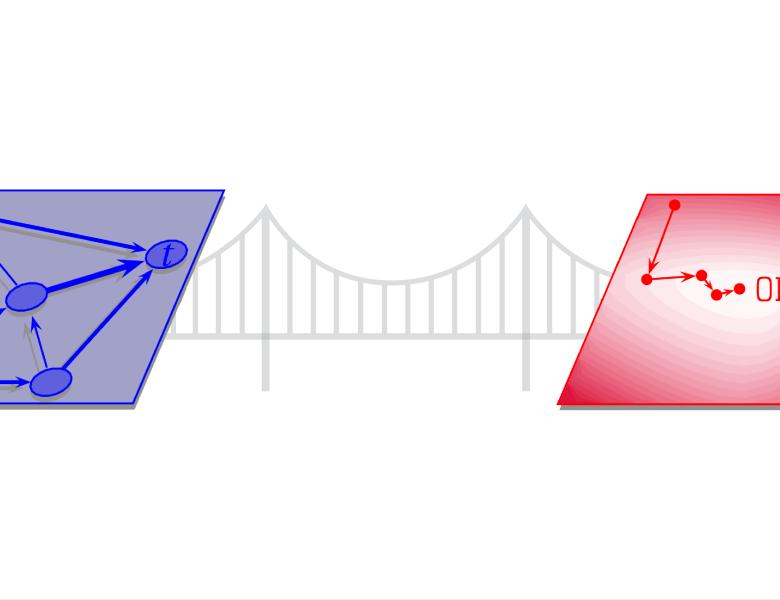
Abstract
Correlation Clustering is an elegant model that captures fundamental graph cut problems such as Min s − t Cut, Multiway Cut, and Multicut, extensively studied in combinatorial optimization. Here, we are given a graph with edges labeled + or − and the goal is to produce a clustering that agrees with the labels as much as possible: + edges within clusters and − edges across clusters. The classical approach towards Correlation Clustering (and other graph cut problems) is to optimize a global objective. We depart from this and study local objectives: minimizing the maximum number of disagreements for edges incident on a single node, and the analogous max min agreements objective. This naturally gives rise to a family of basic min-max graph cut problems. A prototypical representative is Min Max s − t Cut: find an s − t cut minimizing the largest number of cut edges incident on any node. We present the following results:
(1) an O(sqrt{n})-approximation for the problem of minimizing the maximum total weight of disagreement edges incident on any node (thus providing the first known approximation for the above family of min-max graph cut problems),
(2) a remarkably simple 7-approximation for minimizing local disagreements in complete graphs (improving upon the previous best known approximation of 48), and
(3) a 1/(2+ε)-approximation for maximizing the minimum total weight of agreement edges incident on any node, hence improving upon the 1/(4+ε)-approximation that follows from the study of approximate pure Nash equilibria in cut and party affiliation games.


